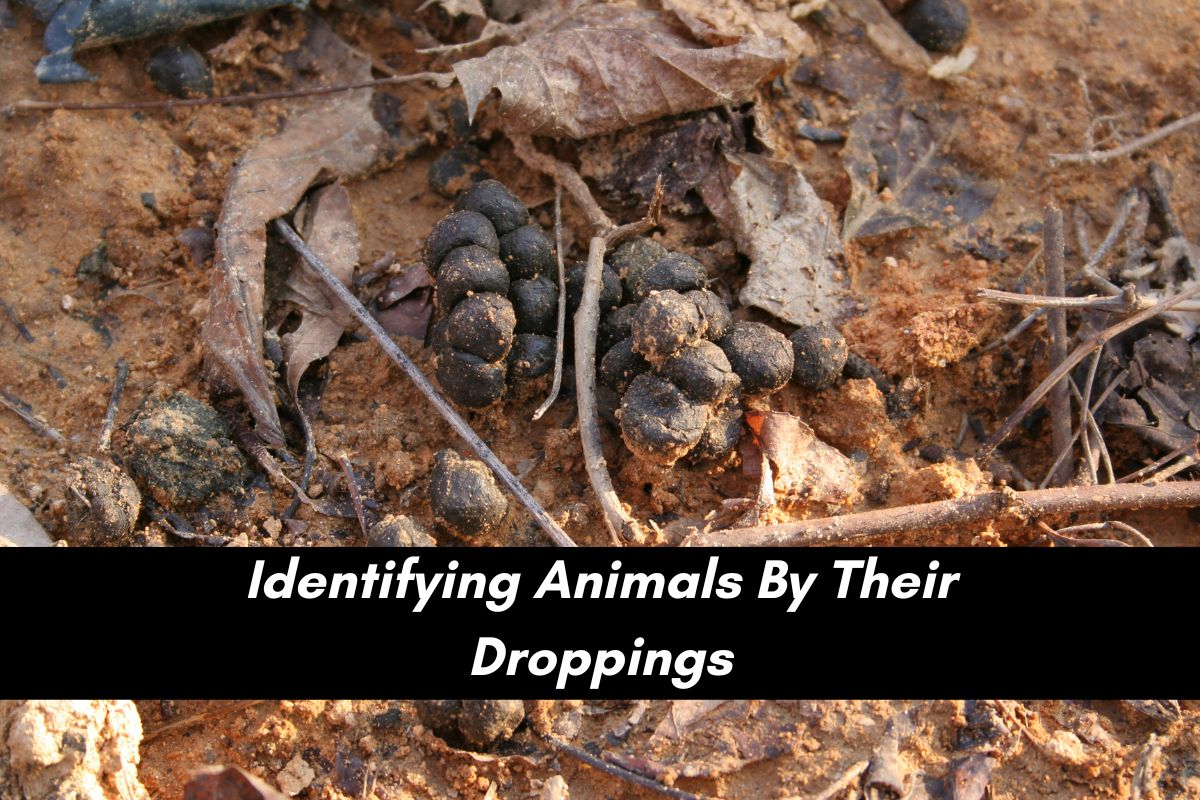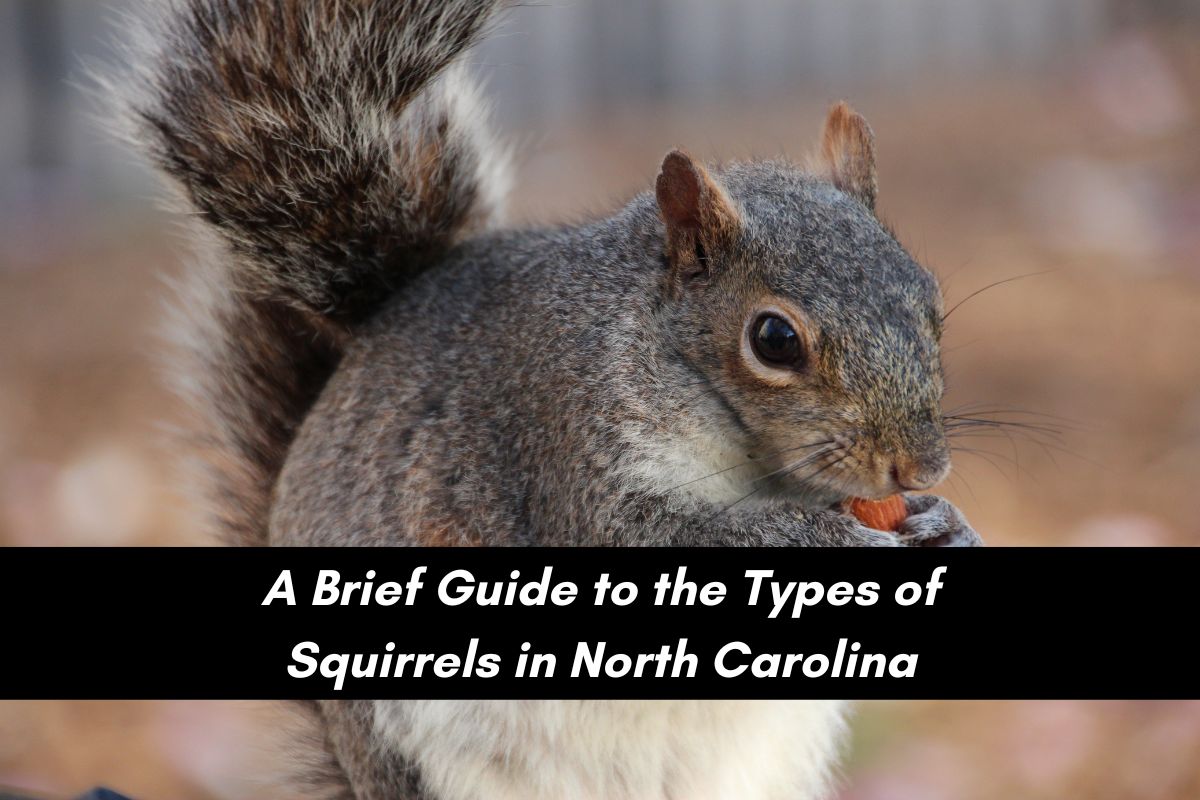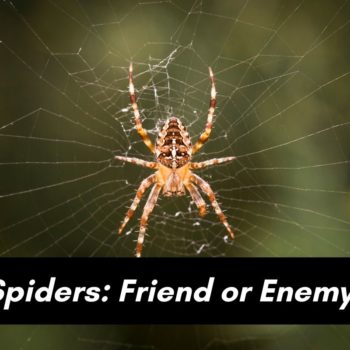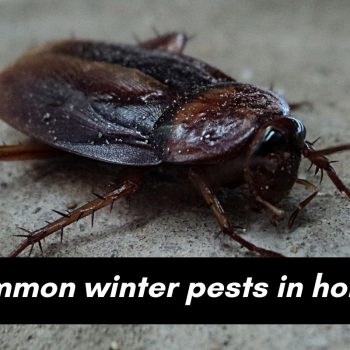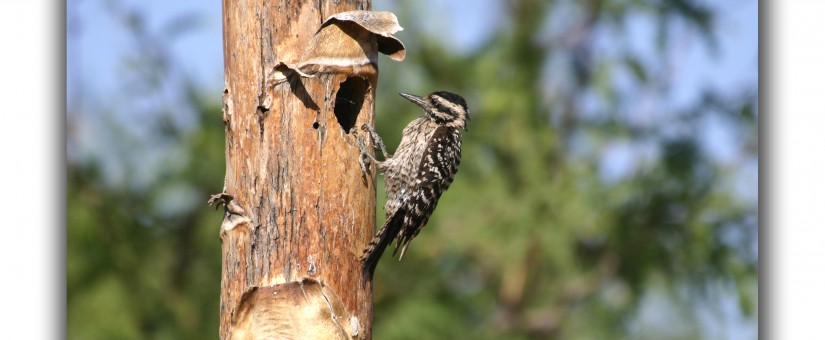
What Woodpeckers live in the Raleigh area?
- Posted by gordonb
- On October 14, 2021
- 0 Comments
While not a common pest species, woodpeckers in the Triangle area of North Carolina can be destructive. Particular species of woodpeckers are more likely to cause damage. There are eight species of woodpeckers in the state, but there are hundreds around the world.
Below we will take a look at all eight species, from smallest to largest, and discuss their behavior. If you want to skip ahead to the end, the pileated woodpecker is the largest, the most likely to cause damage, and was the species used as a model for the cartoon character Woody the Woodpecker.
Downy woodpeckers: First, North Carolina’s smallest woodpecker is the downy. They are about 6 inches long and, as can be seen below, have mostly black and white feathers, but with some red on top of their heads. They eat insects, berries and nuts and make their homes in space they empty out in dead trees or branches.
Yellow-bellied sapsucker: This 8-inch-long woodpecker has yellow accents along its belly, but otherwise has the same black-and-white pattern with red accenting on the head as other species. Another distinctive of this variety is that they seek out the sap of trees when they are pecking, which is why they earned the name “sapsucker.”
Red-cockaded woodpecker: The name “red-cockaded” woodpecker refers to a “cockade,” which was a knot, ribbon or feather men used to wear in their caps. This cockade is very hard to see in the red-cockaded woodpecker, as you can see below, but is generally along the chin in males. It is absent in females though. The bird is about 8 inches long and can be seen in eastern North Carolina exclusively. They are becoming increasingly rare, however, and are now on the endangered species list.
Red-headed: There is red on the heads of many woodpeckers, but with the “red-headed” woodpecker, it covers their entire heads. It has less patterning on its body as well, with more consistent areas of black and white. It is also about 8 inches long and follows the typical behavior of woodpeckers — emptying out dead trees for nests and relying on insects, nuts and berries for food.
Hairy woodpecker: A little bigger than the others, coming in closer to 9 inches, the hairy woodpecker is otherwise nearly a clone to the smallest woodpecker, the 6 inch downy woodpecker. They also stay year round, nest in dead trees and eat the same diet. They do have larger beaks relative to their bodies compared to the downy though.
Red-bellied: With a name like “the red-bellied woodpecker,” one would expect to see some bright red on this 9-inch bird, especially considering the bright red on many species’ heads. But the red on the belly is very subtle, with tones hidden within the white feathers and only seen at certain angles. The red on their head is much brighter and covers the entire area you might find “hair” on a human. They are also typical in nesting and diet, and they stay here year round.
Northern Flicker: A more unique woodpecker, the northern flicker, this bird doesn’t look like or act like many of the others. It is about 1 foot long, second largest in the state, and doesn’t have the black-and-white pattern of all the others. It is more of a brown with some black spots. On its head, there is some red though. They are mostly visitors to North Carolina, coming in the winter from areas further north.
Pileated woodpeckers: And finally, we have the biggest and likely the most destructive, the pileated. Woodpeckers may not seem scary to people until they see a pileated woodpecker. They are about the size of a crow but with a large red mohawk of feathers. They are known to break glass in cars and even homes when they see their reflections. Because of their size, when they empty out cavities in trees for their homes, sometimes they will chop the tree in half accidentally, which can be dangerous for those living nearby. They have also been known to peck holes and cavities into barns, roofs, wood siding and decks. (images below Creative Commons from Flickr users Jerry McFarland and Hoan Luong)
Problems with woodpeckers?Any of these woodpeckers can be a problem, not just the pileateds, although the 6-inch Downy would be much less threatening than the 20-inch pileated. If you notice any structure of your home — whether a deck, roof or siding — or a dead tree near your home being attacked by woodpeckers, give us a call. There are legal and safety considerations when dealing with birds, including woodpeckers, so don’t act alone. Those living in Wake, Durham, Orange or Chatham counties, or the surrounding areas, can call us today at 919-382-0651.




